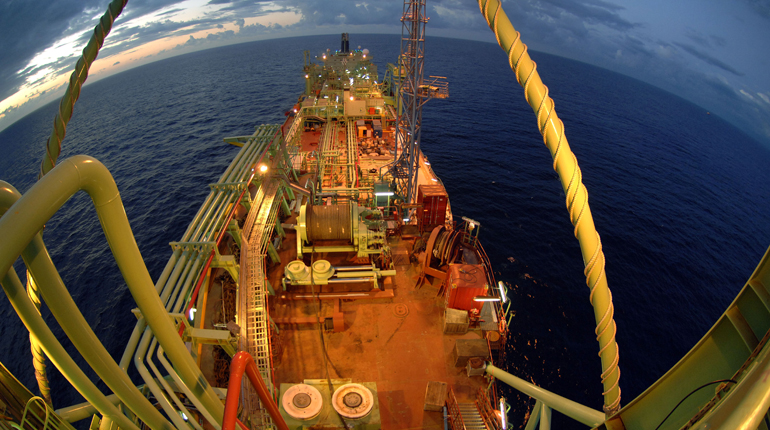Highlights
- Turkey is diversifying its sources of gas imports to meet winter demand
- Geopolitical tensions related to Ukraine have so far not affected Russian gas exports to Turkey, but risk remains
- Falling gas production in North Africa will be a source of supply tightness this winter
Economic overview
Brent crude prices are under pressure because of rising global supply and forecasts for weak demand, which will reduce export revenues for key oil exporters in the region.
Quarterly and annual year-on-year GDP growth rates
| Q4 2013 | Q1 2014 | Q2 2014 | 2014 | 2015 | 2016 | |
| Qatar | 5.5% | 6.2% | *5.9% | *5.9% | *7.1% | *7.4% |
| Egypt | 1.4% | 2.5% | 3.5% | *2.3% | *4.1% | *4.1% |
| Saudi Arabia | 5.0% | 4.7% | *4.1% | *4.1% | *4.2% | *4.2% |
| Nigeria | 6.8% | 6.2% | 6.4% | *7.1% | *7.0% | *6.9% |
| South Africa | 2.0% | 1.6% | 1.0% | *2.3% | *2.7% | *3.2% |
The Brent crude futures price has averaged $99.3 per barrel so far in September – its lowest monthly average since June 2012. It has been reported that Saudi Arabia reduced its oil output in August by 400,000 barrels per day as a result of falling oil prices. Saudi oil output usually declines after peak summer demand when there is less need for direct crude burns. However, the country is also promoting the use of gas in power generation to maximise crude exports.
Nevertheless, the United States imported 3% less Saudi crude oil and oil products on an annual basis in Q2 2014, when the imported volume was 117 million bbl. This suggests the US is maximising use of Canadian heavy-grade crude in its refineries, reducing the need for Saudi crude.
More than 50% of gas output in Saudi Arabia is associated with oil production. However, this is unlikely to have an impact on gas production growth in the country as the Saudis typically increase the use of non-associated gas from fields such as Karan at times when oil production falls.
Log in to continue reading...
To continue reading this article, you must have an active subscription. By logging in or signing up for a free trial, you are agreeing to our terms and conditions, privacy policy and cookie policy.



